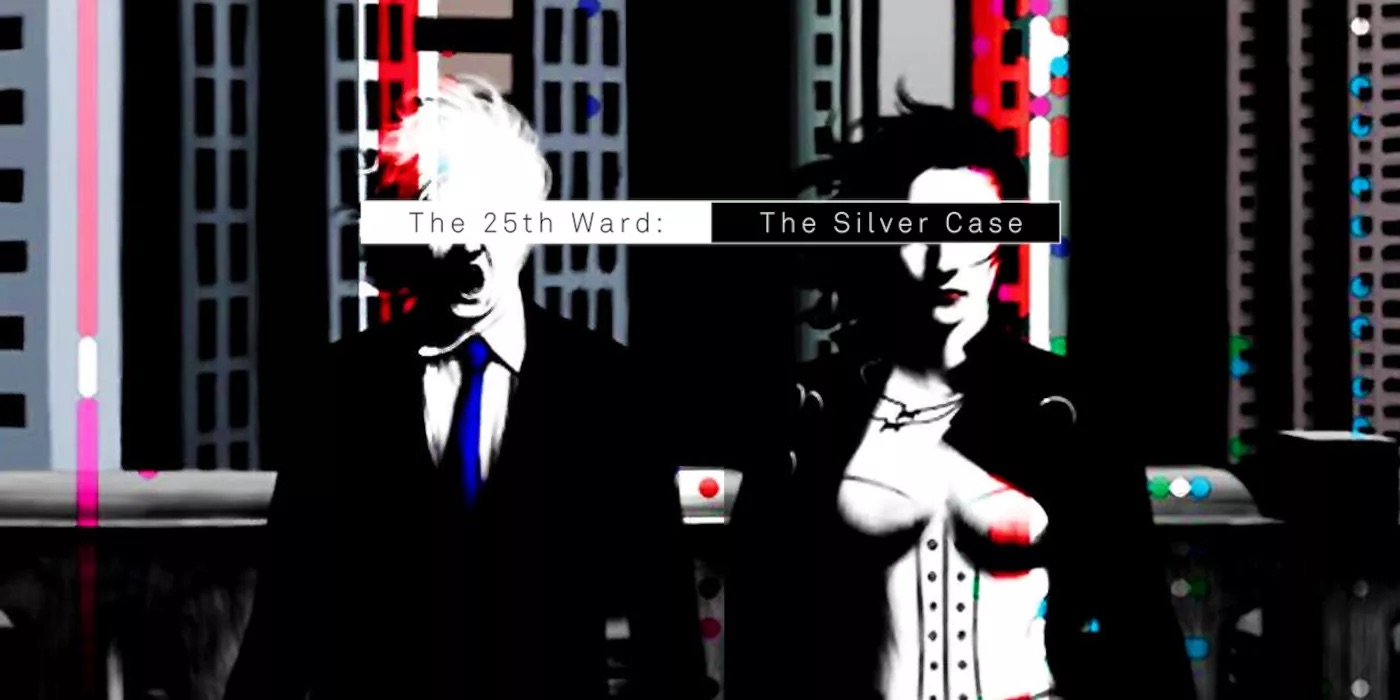I was thumbing through my old portfolio the other day when I stumbled across a review I had written for an obscure visual novel that had just been released on the PS4. Having forgotten that I even wrote such a piece, considering the game had a Switch re-release not too long ago, I thought I’d tart it up and publish it for the world to see, so here’s an eight-year-old review that’s been remastered. The 25th Ward: The Silver Case started like any other review; play the game, tap up my thoughts and post my opinion. It sounded like a simple task except the visual novel pulled me into a weird, crazy, and sometimes downright vulgar world that simply wouldn’t let me go until it was finished with me. Reflecting on this, I don’t know how or why this happened but here we are.
At A Glance
| The 25th Ward: The Silver Case | |
| Positives | + Surreal story + Well written characters + Abstract art style |
| Negatives | – Intentionally attempts to shock – Mistranslations between Japanese and English – Minimal inputs |
| Overall | 6/10 |
| Played On | PS4 |
| Also Available On | PC, Switch |
| Find out about our scoring policy here. | |
The 25th Ward: The Silver Case plonks you into the titular 25th Ward of a futuristic Tokyo, where crime has all but been eliminated. The visual novel is a follow up to a 2005 mobile game but no prior experience is needed. In the game, you oversee the investigation of brutal murders that are being linked to a callous serial killer. The overview might seem like a by-the-numbers detective story like Tron: Identity or Bustafellows, but in Suda51 and Grasshopper Manufacture’s world, things come as crazy as they can. If you don’t know either the creator or studio’s body of work such as No More Heroes and Killer7, just know that the Japanese team creates games that make Hideo Kojima look sane, but more on that later.
The reason the crime rate is so low is because of a clever system that carefully mixes the poorer ends of society with the upper classes in a more inclusive Hunger Games-style setup. In what could be considered the biggest human experiment in the world, the results meant that the citizens of the city would get on with each other, that is, until the murders started. Growing up in a council estate in the north of England, I was sceptical about how society would function if the rich were willingly integrated into the poor areas, but to review a video game I let this concept slide, especially since this turned out to be the sanest part of the game.
The 25th Ward is broken down into three separate parts which all revolve around these mysterious murders, from all different vantage points. Part One starts with the Heinous Crimes Department, with the second part featuring a group of professional assassins known as The Regional Adjustment Bureau. Rounding out the third piece of the story is Tokio Morishima, a reporter from the original game who makes an appearance. The split narrative is done for a few different reasons, but the key takeaway is that each department has different motivations for solving these seemingly unrelated crimes. The Heinous Crimes team is under threat of closure due to low crime rates, and the RAB doesn’t want its good name besmirched by a rogue killer. Morishima, however, is your typical anime protagonist with amnesia who is trying to get a grip on his sanity before helping the world.
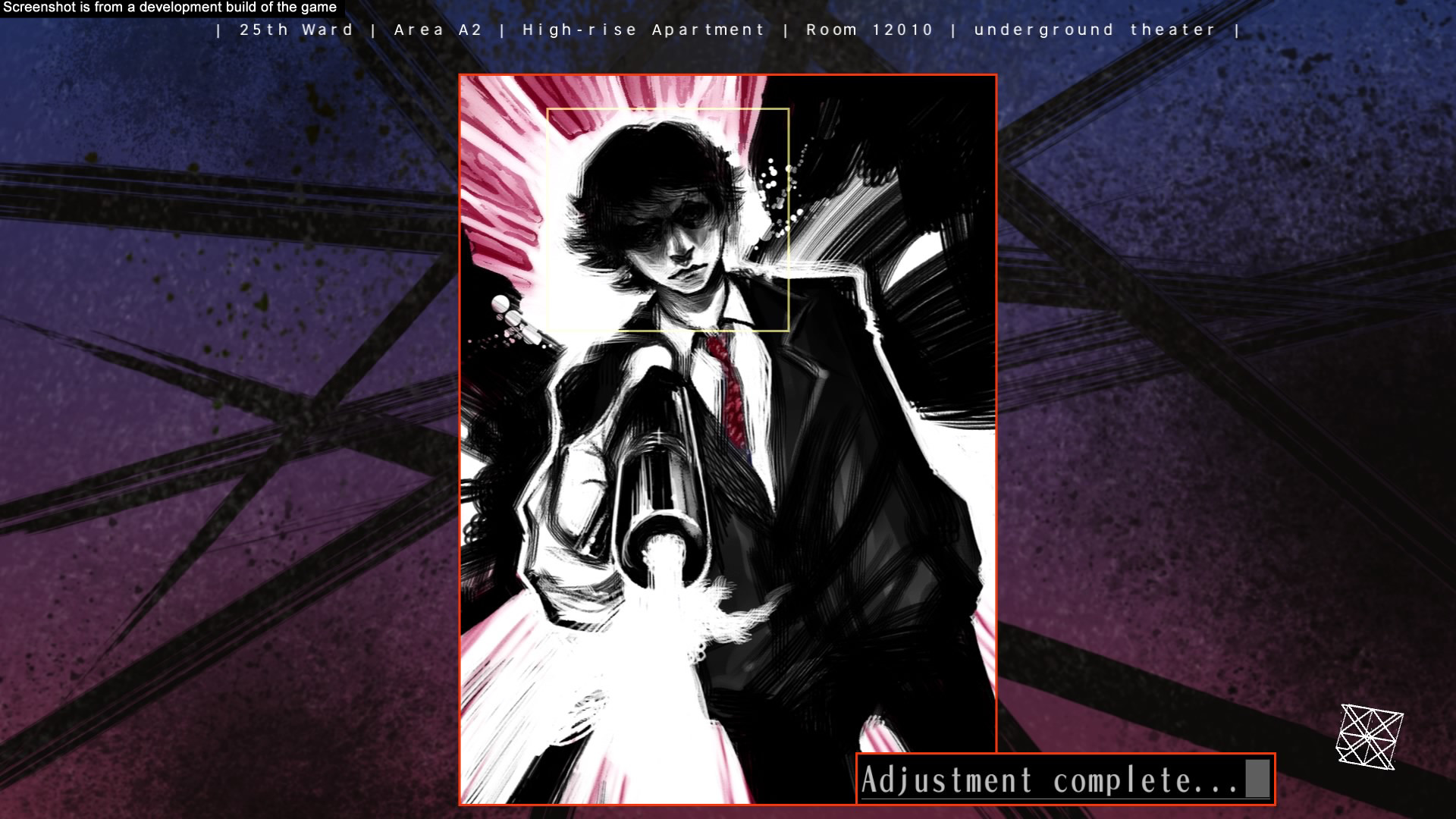
In typical visual novel style, I didn’t move any characters around or solve any puzzles, rather I just watched as a story played out on screen. This voyeuristic approach to storytelling was rather well done, as you can see the action unfolding but cannot influence the proceedings to influence the outcome. The characters are well-written and engaging, with Morishima being a standout. While it was clear he had gone through the wringer already, I have no idea exactly what happened in the first game. His lack of memories and his desperate attempt to get a hold of what’s going on however, perfectly represented how I was feeling playing the game. I didn’t know what was going on, or how the story would unfold during my 10-hour playthrough, but I just had to finish it, for better or worse.
To break up the monotony of reading a book (albeit one that is very well illustrated in a uniquely abstract style), there are things I had to do. Presented with a 10-sided dice that had options like ‘Walk’, ‘Talk’, and ‘Interact with the surroundings’, you’re offered a crude menu system that allows the slightest interaction without affecting any outcomes with the game. I think it was in place more to stop the controller from disconnecting and to give me a sense of accomplishment for doing something.
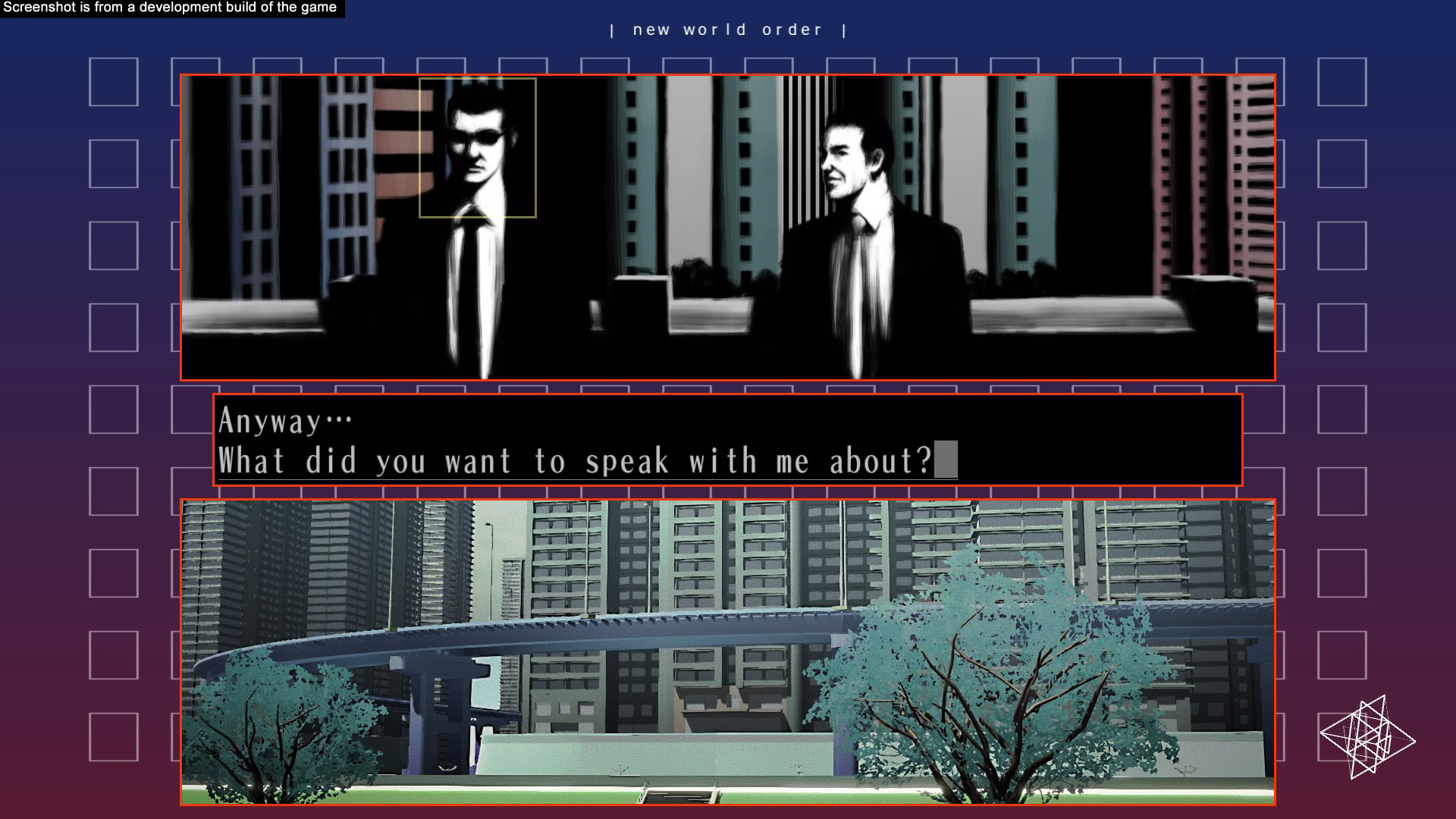
It’s a shame that the options boiled down to predetermined outcomes, as early on The 25th Ward there are things to do. There are 100 different endings for you to uncover that range from who the killer is, all the way through to David Lynch levels of insanity. There’s also a rudimentary scene at the beginning of the game that plays out like a Pokémon battle. I was given a limited number of options to cause damage and played out as a tongue-in-cheek lampoon of every Pokémon game up to 2005. This would have been fantastic except it’s peppered with points that attempt to shock the player. At one point you battle a female assassin with the only battle move available is simply ‘Get Horny’, where the game describes the efforts of humping a lady until she passes out, with consent being left deliberately ambiguous. It irked me that such blatant attempts to shock were included in any game after 1999 and it did cast a rather large black mark with The 25th Ward.
The rest of the game is full of profanity to the point Limp Bizkit would have to call their mums to apologise, and at points, the excellent story pivoted into pure juvenility. I’m not sure if this was a mistranslation or if Suda51 intentionally tried to cause outrage, but in any case, it just feels like it’s trying too hard, which in my eyes is more offensive than actually offending the player by including boob jokes, or multiple F-bombs. It would have been more impactful if the game’s jokes landed in any way, or if there was a reason behind what was being said, but that certainly wasn’t the case. The 25th Ward: The Silver Case is a tale of two halves: the first being a well-written murder mystery that dives head-first into the surreal and is a joy to watch, and the second half is like a petulant teenager who is trying to cause a ruckus because they didn’t get enough attention growing up. The plot though saves the game and managed to captivate me enough to explore every single ending. Even though I had no idea what was going on half the time, I still had to play until it was complete to get closure on the story. The visual novel playstyle isn’t for everyone but if you can put that, and the crass humour to one side, The 25th Ward: The Silver Case is one hell of a strange game to behold.


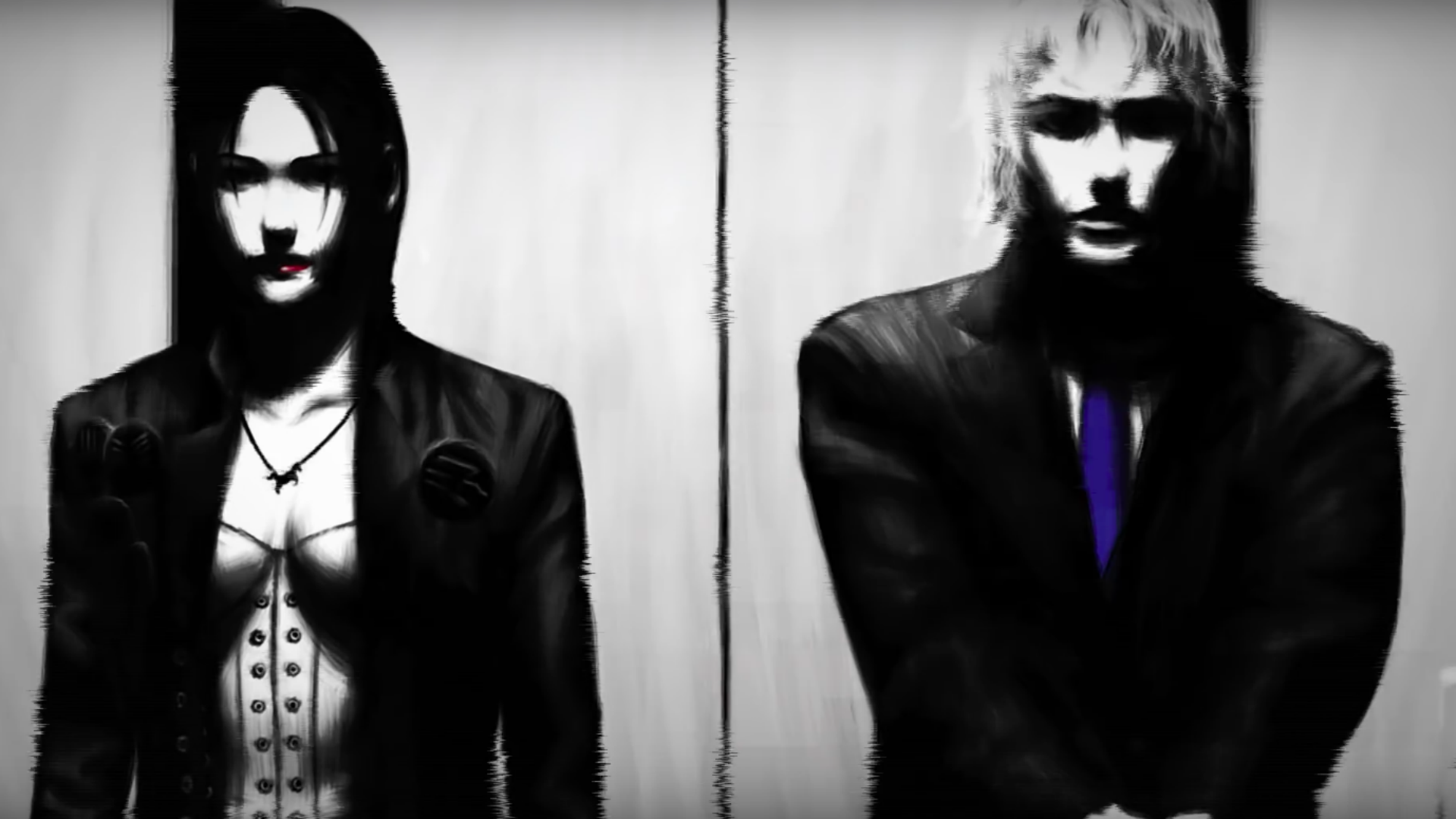
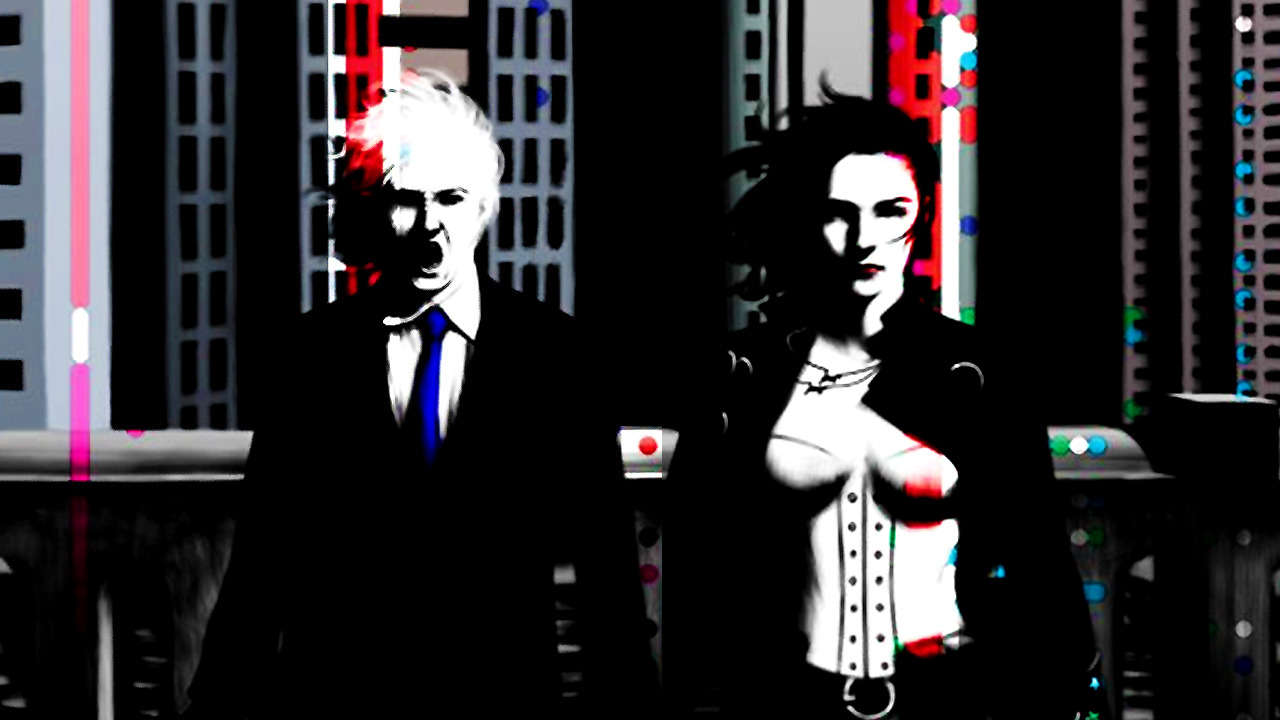
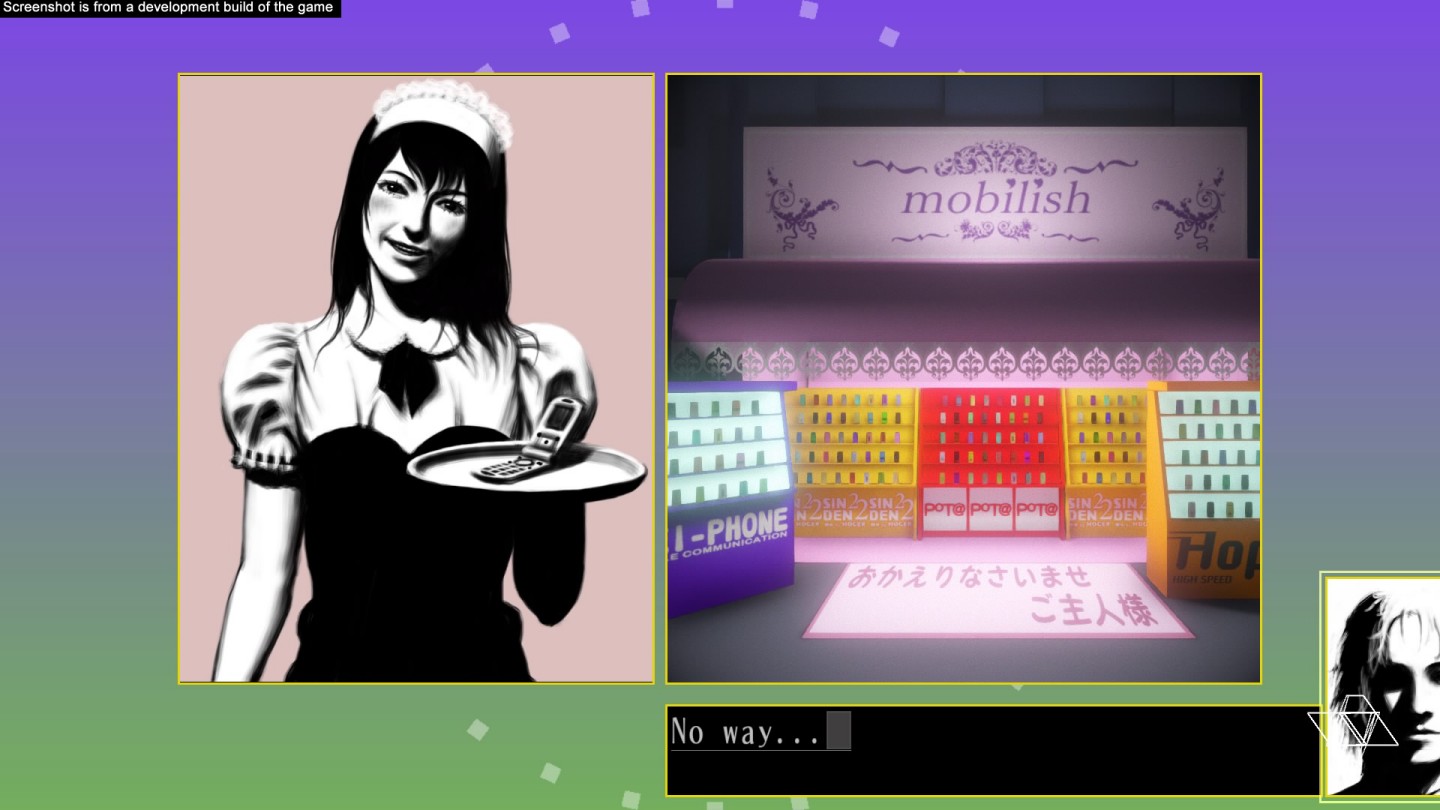
In the interest of full disclosure, VGamingNews was provided with a copy of the game in order to conduct this review.
Thanks for taking the time to read our review. If you’d like to support us further, please consider buying us a coffee!

